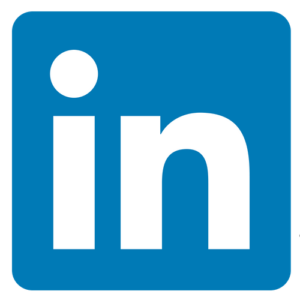While mid-size employers (those employing 50-99 full-time employees) have another year of breathing room, employers with 100 or more employees are quickly closing in on a large Affordable Care Act deadline.
The ACA’s Employer Shared Responsibility provision goes into effect on January 1, 2015 for large employers. By that date, those employers must offer a qualifying health insurance plan to at least 70 percent of their employees and dependents. A qualifying policy must:
- Be affordable – cost less than 9.5 percent of an employee’s salary
- Provide “minimum value” – cover the benefits considered by the ACA to be “minimum essential coverage”
The threshold for policy offerings rises to 95 percent of eligible employees in 2016.
Employers that do not offer a qualifying policy will be subject to fines: for non-coverage, they will owe $2,000 per full-time employee after the first 30. In addition, employers will be assessed a fine of $3,000 per full-time employee who qualifies for a subsidy on the healthcare marketplace. MI Health Answers offers a simple graphic to break down the Employer Shared Responsibility provision.
While consultants studying the implementation of the ACA estimate that most employers will eventually comply or do already, there are still many business owners nationwide who are weighing the costs of alternatives to providing qualifying policies. Options include cutting personnel and employee hours to remain exempt or paying applicable penalties.
Some employers fear that they will face penalties if their employees choose other, more affordable coverage; however, the benchmark for determining whether a policy qualifies as affordable is the law and not the actions of eligible employees.
Is your company facing the healthcare deadline, and are you prepared to offer the required coverage to your employees? If cost is keeping you from complying with the employer mandate, healthcare factoring can provide the necessary cash flow to cover the expense. PRN Funding has more than a decade of experience navigating the healthcare industry and can help you access the working capital you need to cover all of your employees. Visit us to learn more about healthcare factoring and apply today.







